
Lot 256
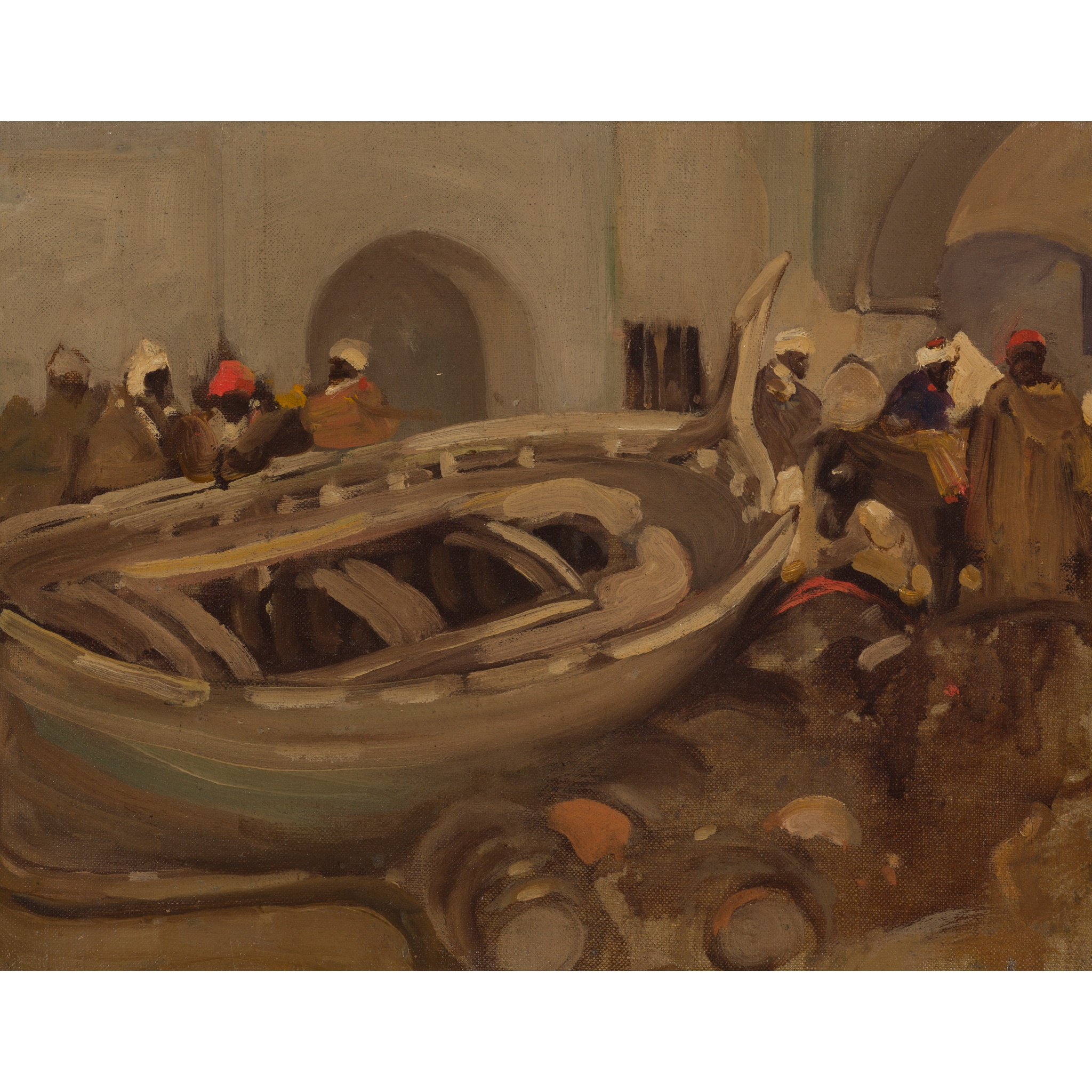
JOHN DUNCAN FERGUSSON R.B.A. (SCOTTISH 1874-1961) §
FISHING BOAT, MOROCCO, c.1899
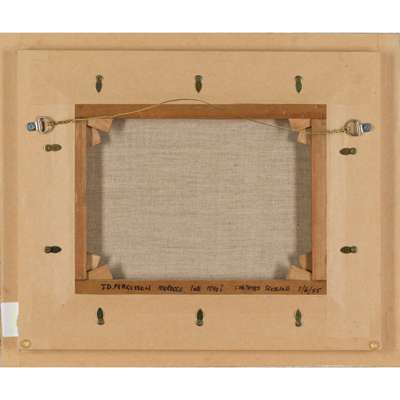

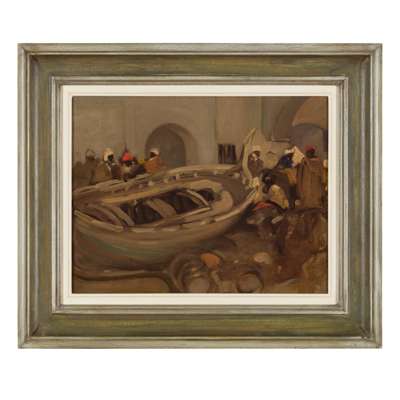
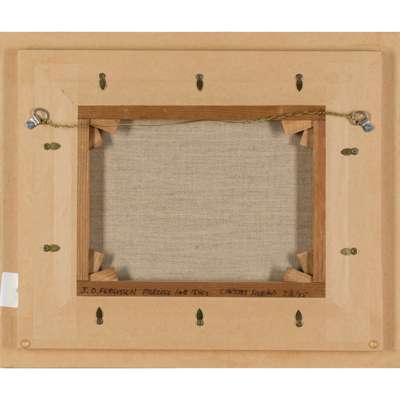
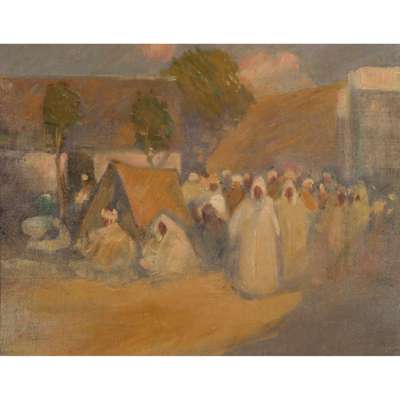

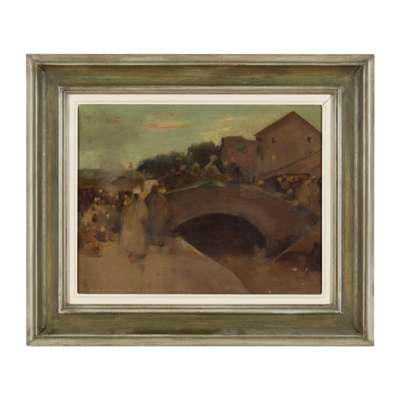


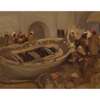
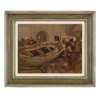

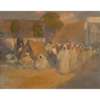
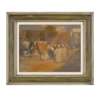
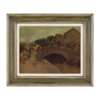
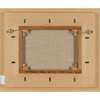
Auction: 25 January 2023 from 10:00 GMT
Description
oil on canvas, 25.5cm (10in), 33cm (13in); together with two accompanying works 'Figures by a Bridge, Morocco' and 'Berber Village, Morocco', both oil on canvas and both 25.5cm (10in), 33cm (13in)
Provenance
Provenance: Christie’s Scotland, 8 June 1995, lot 919 (as 'Figures by a Grounded Fishing Boat, Tangier, circa 1897' and sold with 'two others, similar')
Footnote
Fishing Boat, Morocco is an accomplished early work by J. D. Fergusson, which he painted during a trip to North Africa inspired by the travels of the artist Arthur Melville (1855-1904). Fergusson’s recollection of the exact date of his trip was not precise, but it is believed to have been undertaken in 1899. (1) As his biographer, Kirsten Simister, has explained: ‘From a very early stage in his career travel was to provide a crucial spur to his artistic development’ and his first trip abroad is thought to have been to Paris in 1897. (2)
Melville, a forerunner of the Glasgow Boys, was an exceptional watercolourist and an intrepid traveller; he spent time in Morocco in 1890 and 1893. Forty years later, Fergusson recalled: ‘I had heard of Melville; he was my first influence. Although I never met him or even saw him, his paintings gave me my first start; his work opened up to me the way to free painting – not merely freedom in the use of paint, but freedom of outlook.’ (3) His wife, the dance pioneer Margaret Morris, continued the story: ‘Fergus, having been much impressed by the wonderful free paintings of Morocco by Arthur Melville of the Glasgow School, decided to go and see for himself the effects of intense light and shadow. He told his family he would certainly not write and had no idea how long he would stay.’ (4)
Painted on an easily portable canvas measuring 10 x 13 inches, Fishing Boat, Morocco reveals an example of the bustling scenes which caught Fergusson’s eye during his explorations. His enjoyment of the application of oil paint is clear in the freely executed brushstrokes. A skilful use of highlights, especially of bright red, is combined with a muted palette in which tonal values are explored and hints at the colourist he would become.
Fergusson’s pride in his Moroccan works is proven by the fact that they made up the majority of the works he exhibited with the Royal Society of British Artists in London between 1901 and 1903. Few are extant, but examples are held by The Fergusson Gallery, Perth (1992.123), University of Stirling (1968.2) and Glasgow Life: Kelvingrove Art Gallery and Museum (3163).
(1) See Kirsten Simister, Living Paint: J. D. Fergusson 1874-1961, Edinburgh 2001, p.18.
(2) Simister, op.cit., p.15.
(3) J. D. Fergusson, Modern Scottish Painting, Glasgow 1943, 2015 edition, p.88.
(4) Margaret Morris, The Art of J. D. Fergusson: A Biased Biography, Glasgow 1974, 2010 edition, p. 24.
















